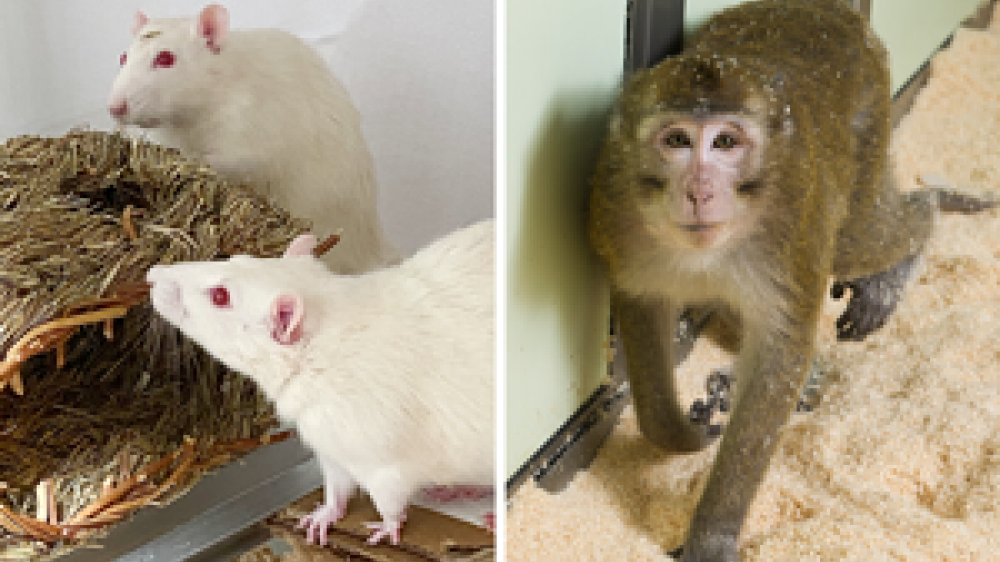Opportunities for use of a single species in drug development

A paper published in Regulatory Toxicology and Pharmacology highlights opportunities to use one rather than two species for long-term toxicity studies.
Historically the standard testing paradigm in drug development uses two species – a rodent (mouse or rat) and a non-rodent (dog, non-human primate or mini-pig) to assess safety in support of human clinical trials. Moving to one species only would reduce animal use as well as potentially accelerating the drug development process. A key question is whether this could be done without compromising human safety – a question that is the focus of the latest collaboration between the NC3Rs and the Association of the British Pharmaceutical Industry (ABPI).
The paper describes the results from the international data sharing project involving 30 pharmaceutical companies and regulatory bodies from the UK, elsewhere in Europe and North America. Detailed data from the toxicity testing of 172 compounds at various stages of development were analysed. This demonstrated that there are opportunities to use one species for studies of 13 to 39 weeks duration for a wider range of drug modalities than currently permitted within international regulatory guidelines.
Read the analysis and findings in Regulatory Toxicology and Pharmacology. Background information is available in the accompanying Q&A.
